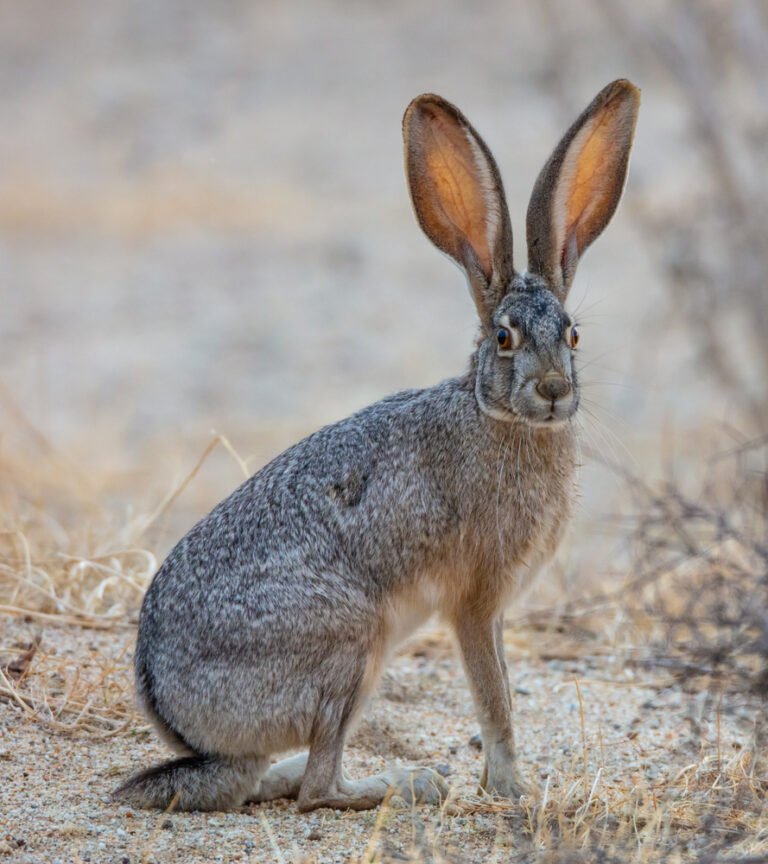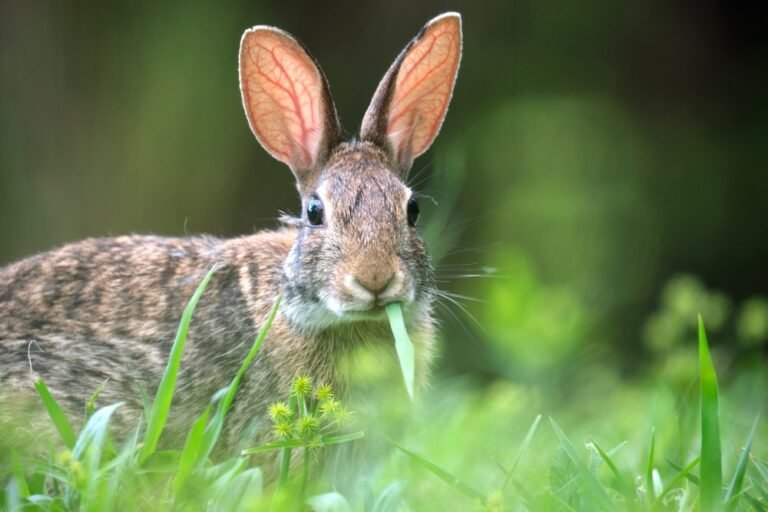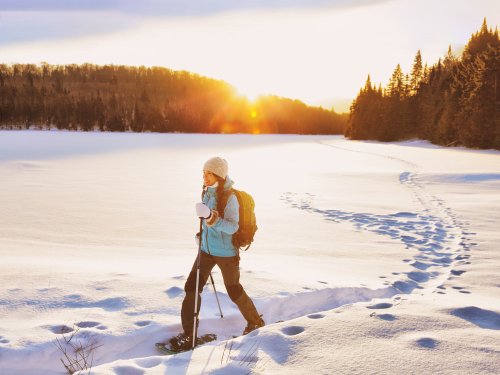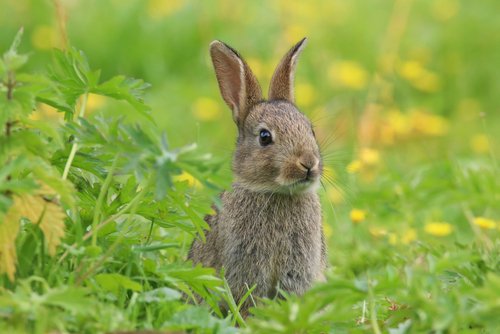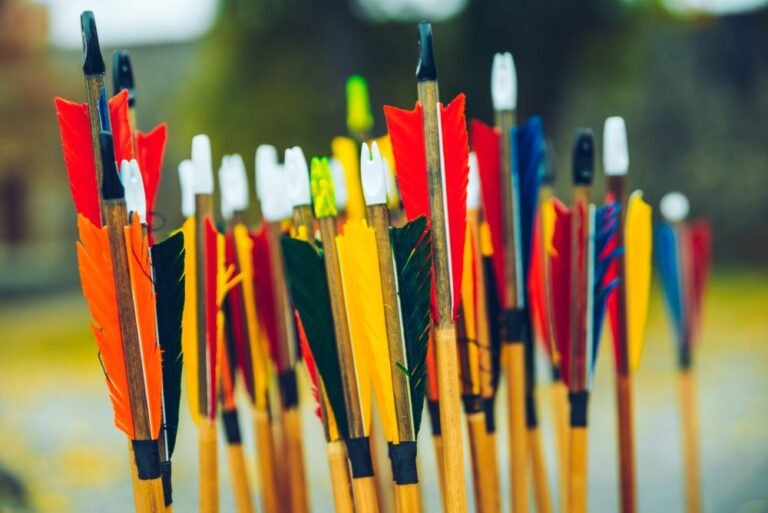The Best Seasonal Rabbit Hunting Expert Advice
Each rabbit hunting season brings unique challenges that affect rabbit behavior, habitat, and feeding patterns. This knowledge is key for hunters. These are the best seasonal rabbit hunting tips.
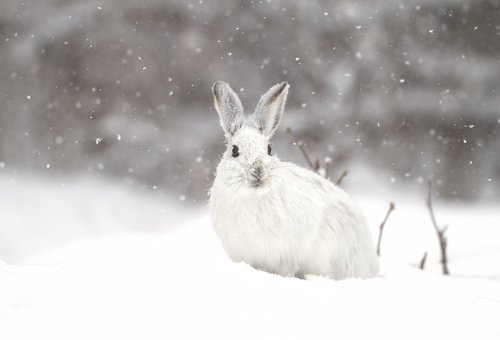
Enhancing Efficiency with Seasonal Techniques
Efficiency in rabbit hunting means adapting to seasonal changes. Spring’s breeding season increases rabbit activity, requiring a focus on breeding grounds and food sources. Summer’s heat changes rabbits’ feeding patterns and habitats, demanding new strategies. Fall sees rabbits preparing for winter, emphasizing the need for adjusted tracking tactics—Winter’s cold impacts their feeding habits and movement, requiring specific hunting techniques.
Preserving Ecosystem Balance
Understanding these seasonal variations is essential not only for successful hunts but also for ecosystem balance. Respecting rabbits’ natural cycles avoids undue pressure during sensitive times like breeding or winter preparation, aligning hunting with conservation principles.
Rabbit Behavior in Different Seasons
Spring: Increased activity due to mating requires focusing on breeding grounds and food sources. Look for areas with fresh greens and young shoots. In spring, rabbits are playful and energetic, making this a visually engaging time for hunters to observe their dynamic behaviors.
Summer: Heat alters rabbits’ movement and feeding. Plan hunts in early mornings or late evenings, and look for water sources and shaded areas. During summer, rabbits often exhibit a fascinating behavior of dust-bathing, a unique sight that adds an interesting dimension to summer hunts.
Fall: Transition to cooler temperatures means rabbits seek shelter in dense thickets and brushy areas—track signs of activity in these habitats. Fall also changes rabbit fur color, blending more with the autumnal environment, a beautiful and challenging aspect for hunters.
Winter: Cold weather leads rabbits to rely on woody plants. Focus on sheltered areas near food sources and use stalking techniques. The pristine beauty of a snow-covered landscape, with rabbits leaving distinctive tracks, adds a picturesque quality to winter hunting.
Choosing the Right Gear for Each Season
Selecting the appropriate gear is key. Choose firearms based on terrain and distance, and use suitable ammunition. Dress for the weather and adapt gear to each season’s demands. Here’s the quick and dirty:
Spring: Lightweight clothing and bug repellent. Spring also calls for waterproof boots, as the melting snow can lead to wetter conditions.
Summer: Breathable fabrics and hydration packs. Don’t forget a hat and sunglasses to protect against the strong summer sun, essential for comfort and visibility during hunts.
Fall: Blaze orange clothing and scent control products. Additionally, a good pair of binoculars can be invaluable in the fall, helping you spot rabbits among the changing foliage from a distance.
Winter: Insulated clothing, hand warmers, and snowshoes. In winter, also consider a thermos of hot beverages to keep warm during long hours in the cold, enhancing your overall hunting experience.
Conclusion
To be a successful rabbit hunter, understanding seasonal behavior is essential. Adapt strategies and gear to each season’s challenges. Remember to hunt responsibly, respecting nature and legal regulations. This approach ensures successful hunts and contributes to rabbit populations and ecosystem conservation.

